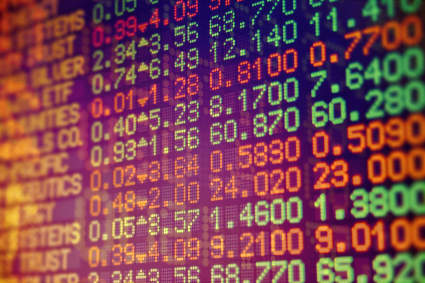Buyback % shows you what percentage of its stock a company bought back over the trailing 12-month period.
It is calculated as (Outstanding shares 12 months ago - Outstanding shares on the latest reporting date) / (Outstanding shares last 12 months ago) x 100.
It is shown in percent.
Positive means share count decreased
We calculate Buyback % so that a positive number means the company's shares outstanding decreased. So the more positive the value the larger the shares outstanding over the period decreased.
A negative Buyback % value means the company was a net issuer (increased shares outstanding) over the trailing 12 months.
How to use the ratio
Available as a screening ratio: Yes
Available as an output column ratio: Yes (Look for it under the Quality heading)
How to select companies with the largest Buyback %?
To find companies with the highest Buyback % set the slider from 0% to 10%.
Remember
All ratios are calculated on a trailing 12 months (TTM) basis.
This means the last twelve months (not the company’s financial year) is compared to the same period in the past.
We do this to make sure that the screener data includes the latest, most up to date, financial results of the company.
Click here to start using the Buybacks Ratio in your portfolio NOW!
Why Buyback stock?
A stock buyback occurs when a company buys back its shares in the market.
The effect of a buyback is to reduce the number of outstanding shares. This increases the ownership stake of remaining shareholders.
A company may buy back shares because it believes it is undervalued, or to improve its financial ratios - increase earnings per share for example.
Share buybacks are also used to reduce the dilution caused by employee stock option plans.
Click here to start using the Buybacks Ratio in your portfolio NOW!

